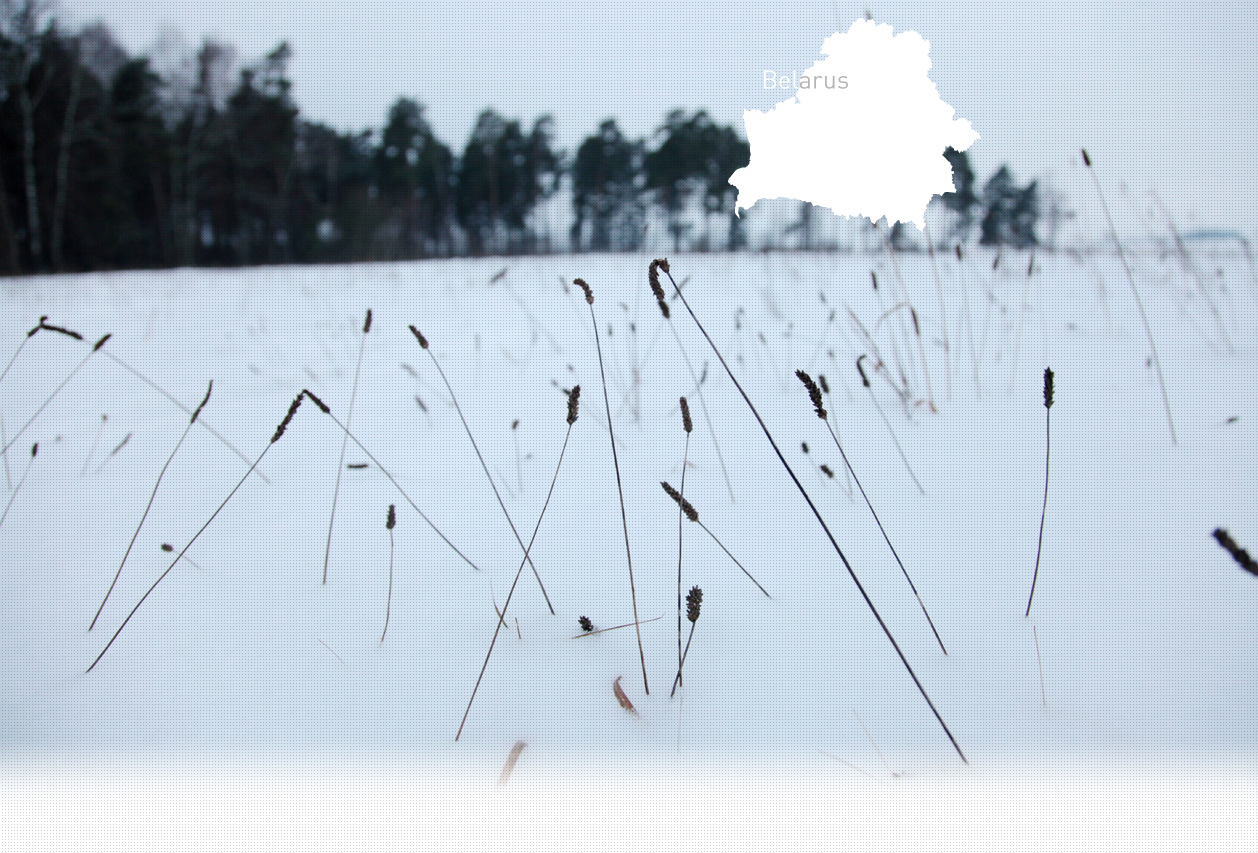

1 Killing site(s)
Leonid V., born in 1922, remembered the beginning of the occupation: “All of the residents were registered depending on their nationality. The Jews were separated from the others. The non-Jews were forced to perform hard labor. The Jews were moved to a special area in town where only they would reside. There was a curfew after six o’clock at night and no one could go outside. All the Jews were marked with yellow fabric on their backs. They were not allowed to leave the area they had been designated.” (Testimony N°684, interviewed in Osipovichi, on July 17, 2013).
“One time, I had to drive a truck with a group of seven women and three men to a forest 5 km from Osipovichi. There was a grave four meters long, three meters wide and two and a half meters deep. The grave was definitely freshly dug because it was not covered with snow. The victims had to undress and throw their clothing in the truck. Each member of the GFP took one person by the arm to the grave. The victims had to kneel and were shot with a bullet in the neck. The shooters used revolvers. There were several guards around the pit and the drivers had to stay close to their vehicles in case anyone attempted to escape.” [Deposition of the driver about the execution of partisans made in Hamburg on August 27, 1965; B162-18004]
Osipovichi is located about 50 km northeast of Bobruisk and 160 km northwest of Mogilev. The first record of the Jewish community dates back to the late 19th century. In 1910, 45% of total population was Jewish. There were two synagogues and a Jewish cemetery. The majority of Jews lived off small scale manufacturing or worked as government officials. Some of them were involved in small scale trade. On the eve of the war, 1,694 Jews lived in the town, comprising 12% of the total population.
The Germans occupied the town on June, 30, 1941. Around 20% of the prewar population had managed to evacuate by that time. Immediately after the German arrival, all Jews were registered and marked with distinguishing yellow badges. The Judenrat (Jewish council) and local Belarusian police were created. All of the Jews were forced to perform various types of hard labor.
After the first Aktion, conducted in August 1941, against the Jews accused of being Soviet activists, the remaining Jews were confined to a ghetto located over several streets in the southern part of the village. It numbered about 420-450 inmates, including 40 Jews brought in from the Lipen ghetto. The second execution was conducted on October 11, 1941. During this execution, 300 Jewish men, women, and children were taken from the ghetto to the military camp. According to the witness, the Jews were taken to the execution site on foot and were guarded by policemen with dogs. They also carried their valuables. The remaining women, children, and elderly people were executed on February 5, 1942 at the Jewish cemetery. The executions were conducted by an SS squad and Wehrmacht soldiers, assisted by local police. Some Jews managed to escape before the shooting and join a partisan unit. The remains of the executed men were reburied in a mass grave at the Jewish cemetery.
Do you have additional information regarding a village that you would like to share with Yahad ?
Please contact us at contact@yahadinunum.org
or by calling Yahad – In Unum at +33 (0) 1 53 20 13 17